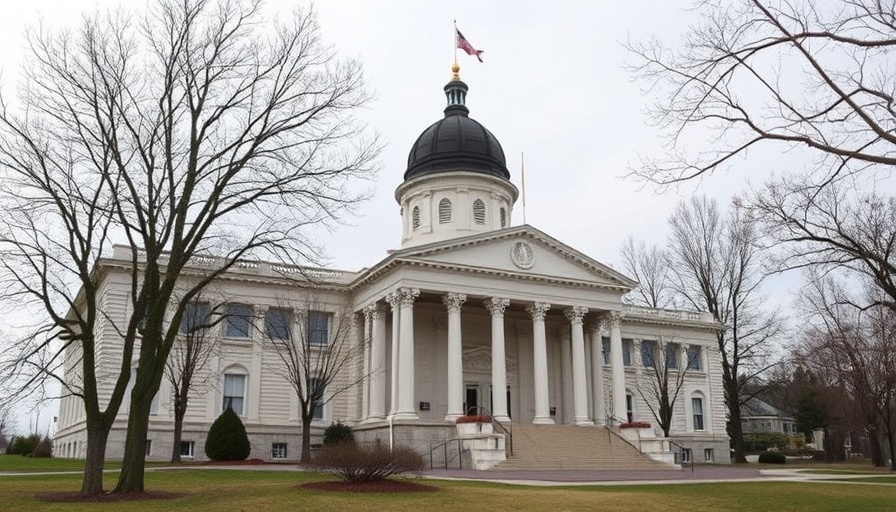
A Push for Fairness in Workplace Safety
A bipartisan initiative in Pennsylvania aims to bridge the safety gap between public and private sector employees, as exemplified by the recent advancement of the Jake Schwab Worker Safety Bill (H.B. 308). Approved by the House with a vote tally of 111-92, this legislation seeks to extend Occupational Safety and Health Administration (OSHA) protections specifically to state and municipal workers, a demographic previously overlooked under existing state regulations. The bill's co-sponsors highlight a stark reality: public-sector workers, including those risking their lives as police officers, firefighters, and emergency response workers, often operate under lesser protections than their counterparts in the private sector.
Following the tragic accident that claimed the life of Jake Schwab, an employee of the Erie Metropolitan Transit Authority in 2014, it became painfully clear that public employees lacked essential safety oversight. Schwab's untimely death underscored the need for comprehensive safety measures that parallel those available to private sector workers. As the bill moves to the Senate, its proponents maintain that extending OSHA protections is not just about compliance; it’s about recognizing the dignity and essential rights of our public workers.
What the Legislation Entails
The Jake Schwab Worker Safety Bill is more than a symbolic gesture; it seeks to establish a mechanism whereby state and municipal workplaces adhere to OSHA standards. One key component of the bill includes the formation of the Pennsylvania Occupational Safety and Health Review Board, set to oversee compliance efforts and enforce penalties for violations that endanger the health and safety of public workers. This creates a formal structure that can ensure accountability, potentially reducing workplace injuries and fatalities.
Benefits for Various Stakeholders
For business owners and managers in the construction industry and beyond, understanding these legislative changes is crucial. Aside from enhancing employee safety, promoting a compliant workplace can lead to better employee morale, improved industry reputation, and even reduced operational costs tied to workplace injuries. As safety standards rise, businesses can cultivate a culture that values health and safety, which will resonate positively with clients and communities alike.
The Relevance of Worker Safety in Current Discussions
In today’s safety-conscious climate, the move to bolster protections for public workers touches on broader themes of worker rights and equity across all sectors. It signifies a pivotal shift towards placing human welfare at the forefront of policy-making. Leaders in the construction and management sectors should align their practices accordingly, ensuring safety is prioritized in every project. Not only does this comply with forthcoming regulations, but it also builds trust in the community and enhances the collective well-being.
Conclusion: Moving Forward Together
The advancement of the Jake Schwab Worker Safety Bill marks a crucial step towards leveling the playing field for public-sector employees who often face disproportionate risks without adequate protections. As you evaluate your own organizational safety measures, consider how collaborations can improve workplace health across the board. For businesses, staying informed about legislative changes and their implications is key to fostering a safe and productive work environment.
 Add Row
Add Row  Add
Add 




 Add Row
Add Row  Add
Add 

Write A Comment